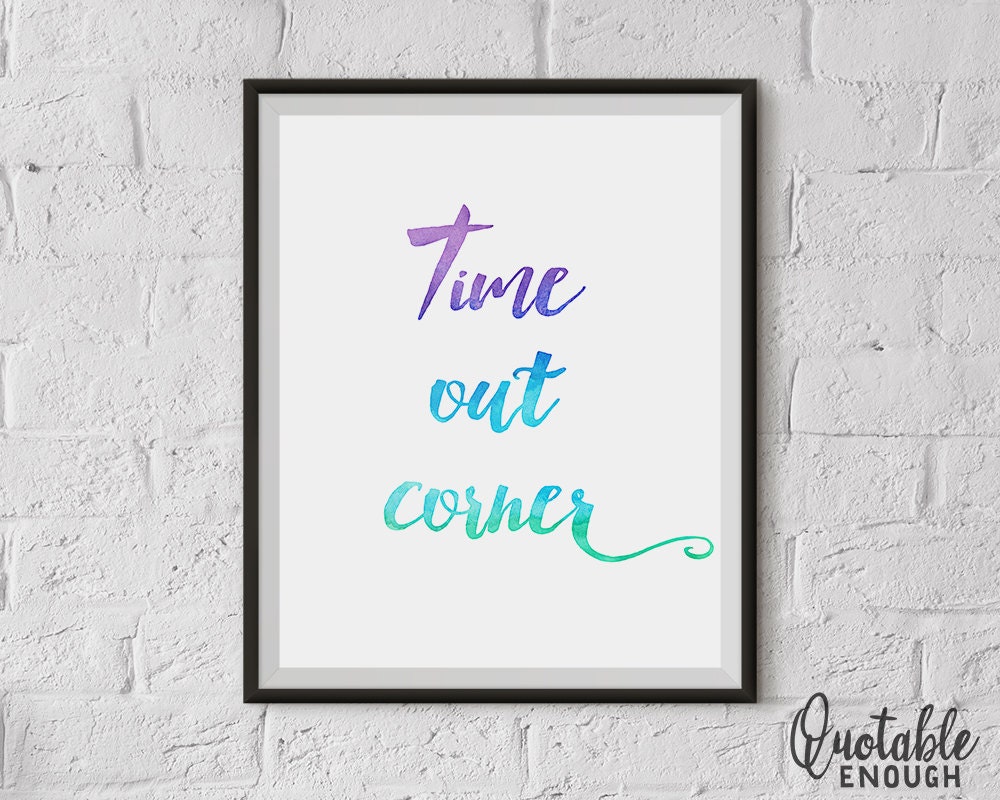
How Offering Children Choices Improves Time-OutsĬhild discipline expert Jane Nelsen, Ed.D., counsels parents to tell kids that it can be helpful to have a place where they can go when they feel upset or out of control. Even if a punitive time-out controls a child’s behavior in the short run, it may come at the cost of the child’s self-respect.


However, we noted increased rather than decreased activity levels.” This may occur due to the need for many under-aroused kids to create their own stimulation in a place (the corner) that has very low levels of stimulation. If isolation really has a calming effect on hyperactive children, one would expect to see reduced activity during the time-out periods. Two prominent researchers, Thomas Zentall, Ph.D., and Sydney Zentall, Ph.D., have commented the effects of time-outs: “In general, time-out periods appear to be aversive to hyperactive children. One best-selling book (and accompanying video) tells parents of ADHD-labeled kids to count “1…2…3…,” and if the child hasn’t complied with the parent’s command during the count, he or she must go to the time-out area for five minutes.īut do time outs really work? Unfortunately, using a time-out as a punitive method with kids diagnosed with ADHD may turn out to be counterproductive. The time-out has been a popular discipline method in the ADHD parenting community. Do Time-Outs Work for Children with ADHD?


 0 kommentar(er)
0 kommentar(er)
